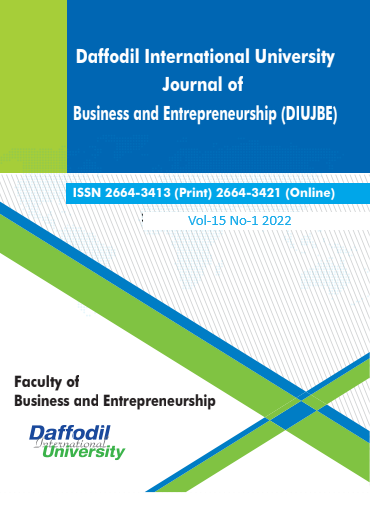Investigation on Inequality and Development ofWASH Facilities between Rural and Urban areasin Bangladesh using Ratio,Theil and Concentration Index Approach
DOI:
https://doi.org/10.36481/diujbe.v015i2.r0af7a75Keywords:
WASH inequality, Development, Theil Index, Concentration Index,, InequalityAbstract
This study aims to find out if Bangladesh has managed to reduce inequality between urban and rural populations in WASH (Water, Sanitation & Hygiene) services throughout the last decade. This study analyzed publicly available WASH data from Joint Monitoring Programme (JMP) website. Using Ratio, Theil Index, and Concentration Index methods, this study finds that the inequality between rural and urban areas in water and hygiene facilities has reduced throughout the last decade, but, has increased in sanitation facilities. Findings summarized that in both urban and rural areas, WASH services are more concentrated on advantaged than disadvantaged subgroups in society. This study found that there is still a high level of inequality between urban and rural areas in
basic hygiene and sanitation services, and collaborative effort is needed to reduce that gap. This study also suggests more coordinated policy adaptation and implementation to ensure the availability of WASH services, especially for people living in informal settlements, remote areas, and socially vulnerable groups, to achieve SDG 6 and to create equal opportunity for all.

